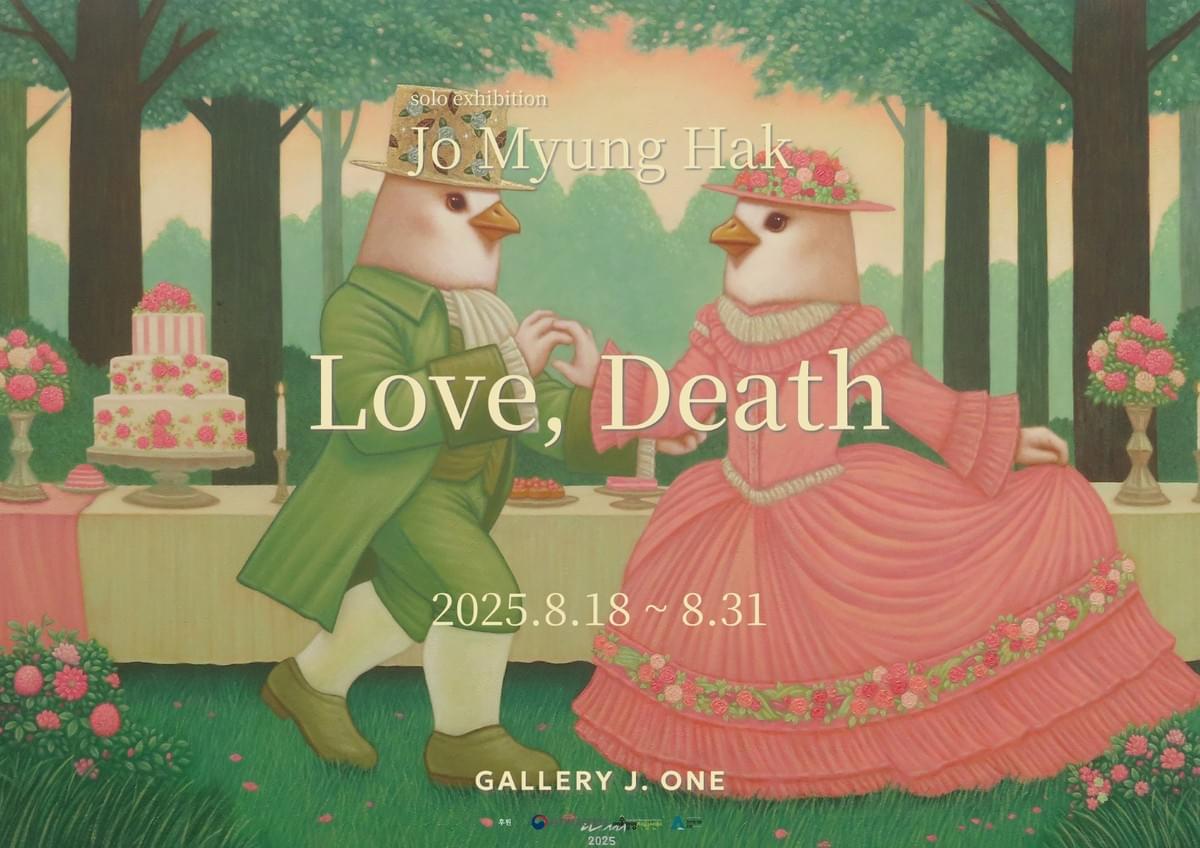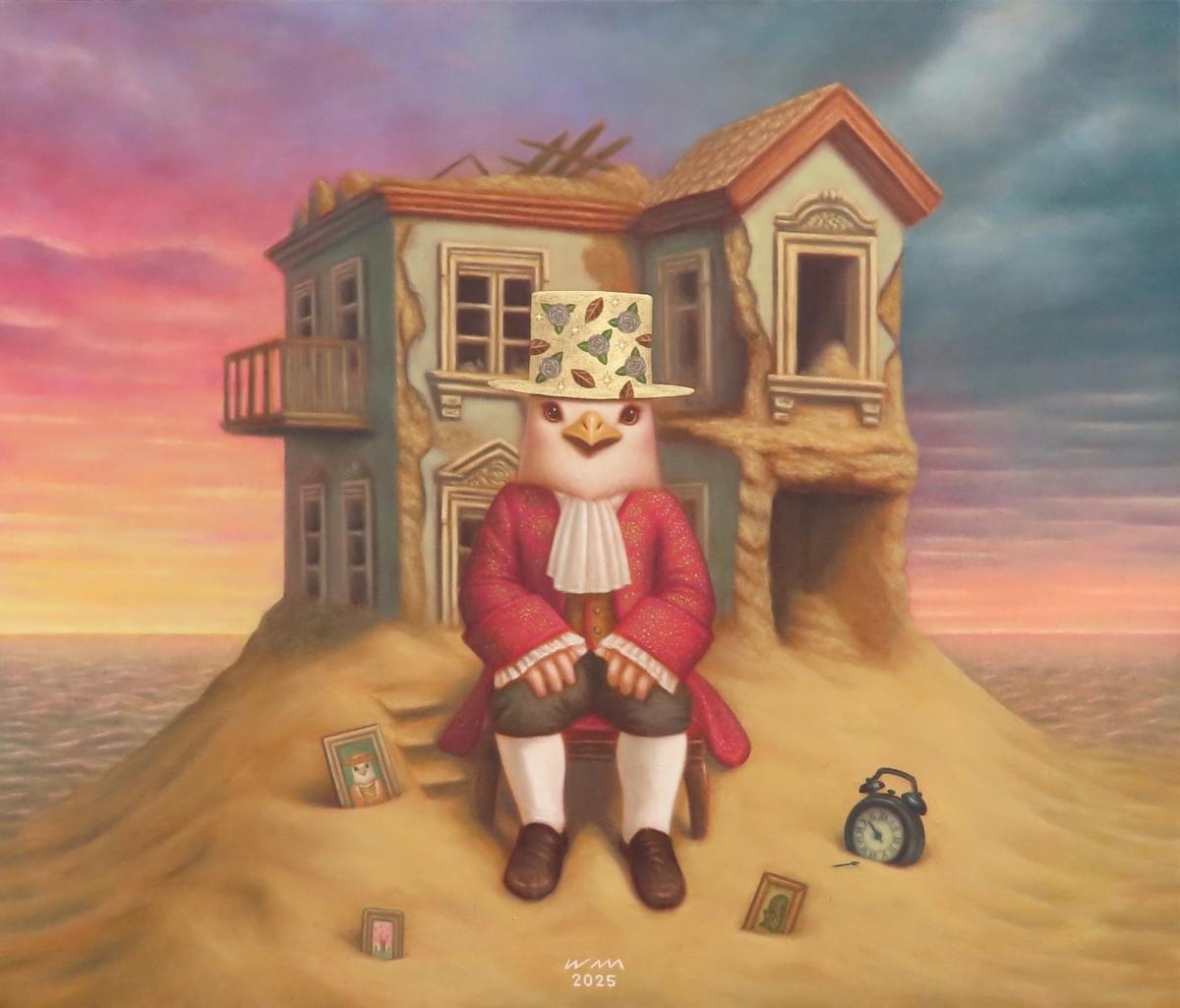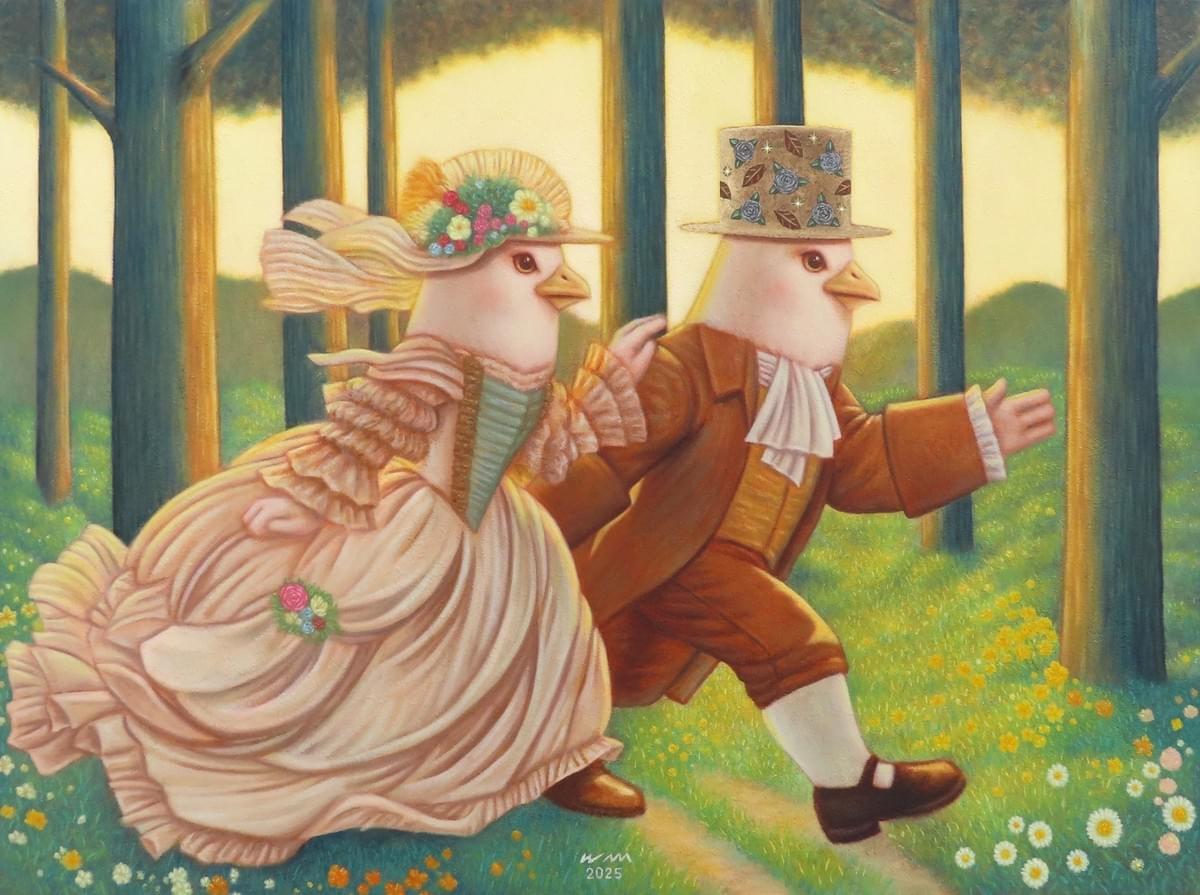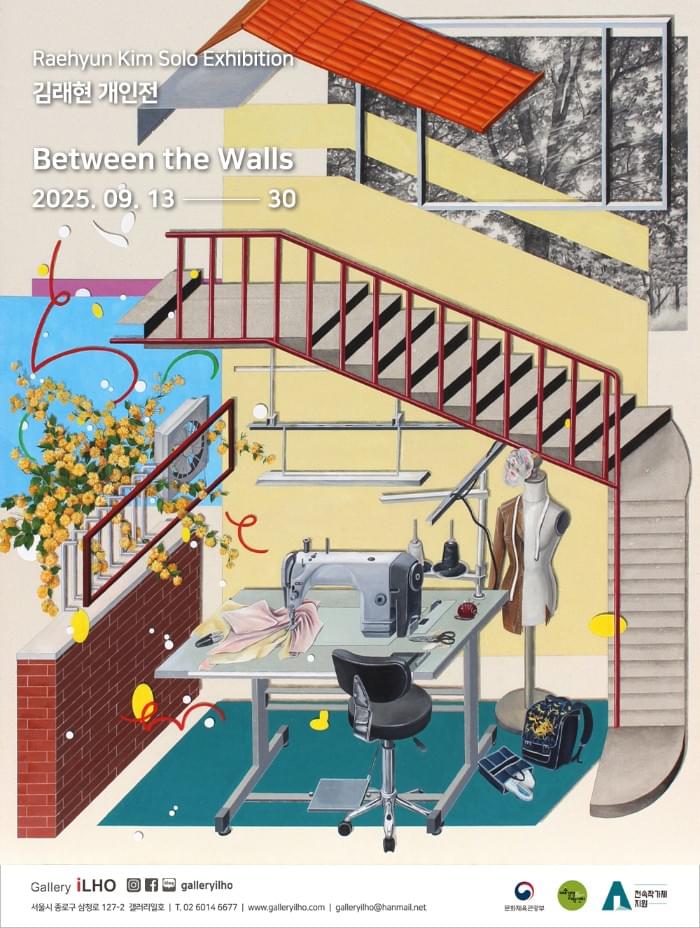
Kim Rae-Hyeon's "Between the Walls" explores spaces as storage containers for memories. In our minds, we associate a room not only with its intended functionality (as a kitchen, living room, etc.) but also with the events which have transpired there, the emotions which these events evoked, afterimages and afterthoughts. Thus, rooms become rich tapestries of intimate stories, symbols and interpretations. These hidden connections do not necessarily link into a cohesive narrative. Rather, they look more like a collage of different colour tones, emotional temperatures, facts, fictions, patterns and rhythms.
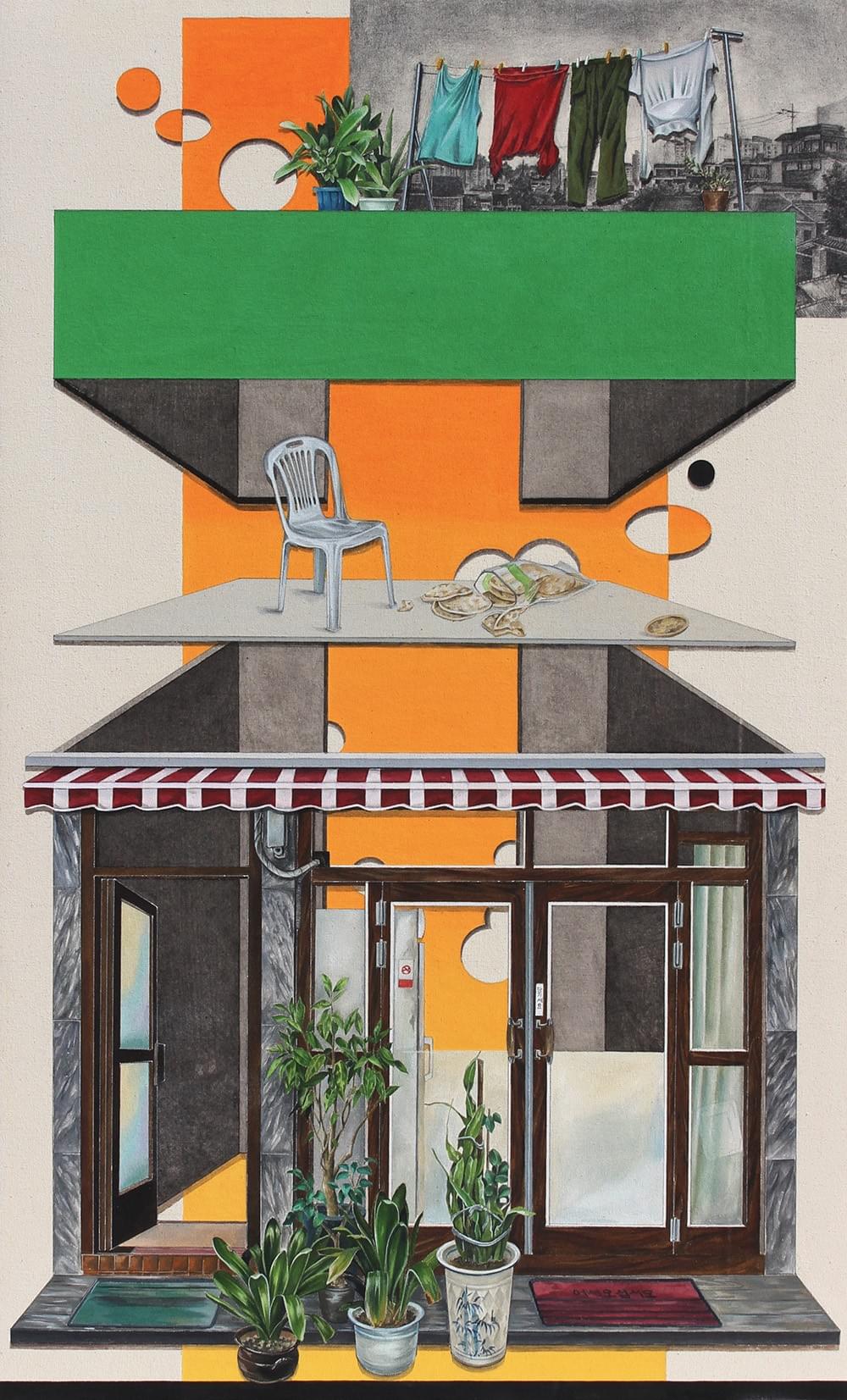
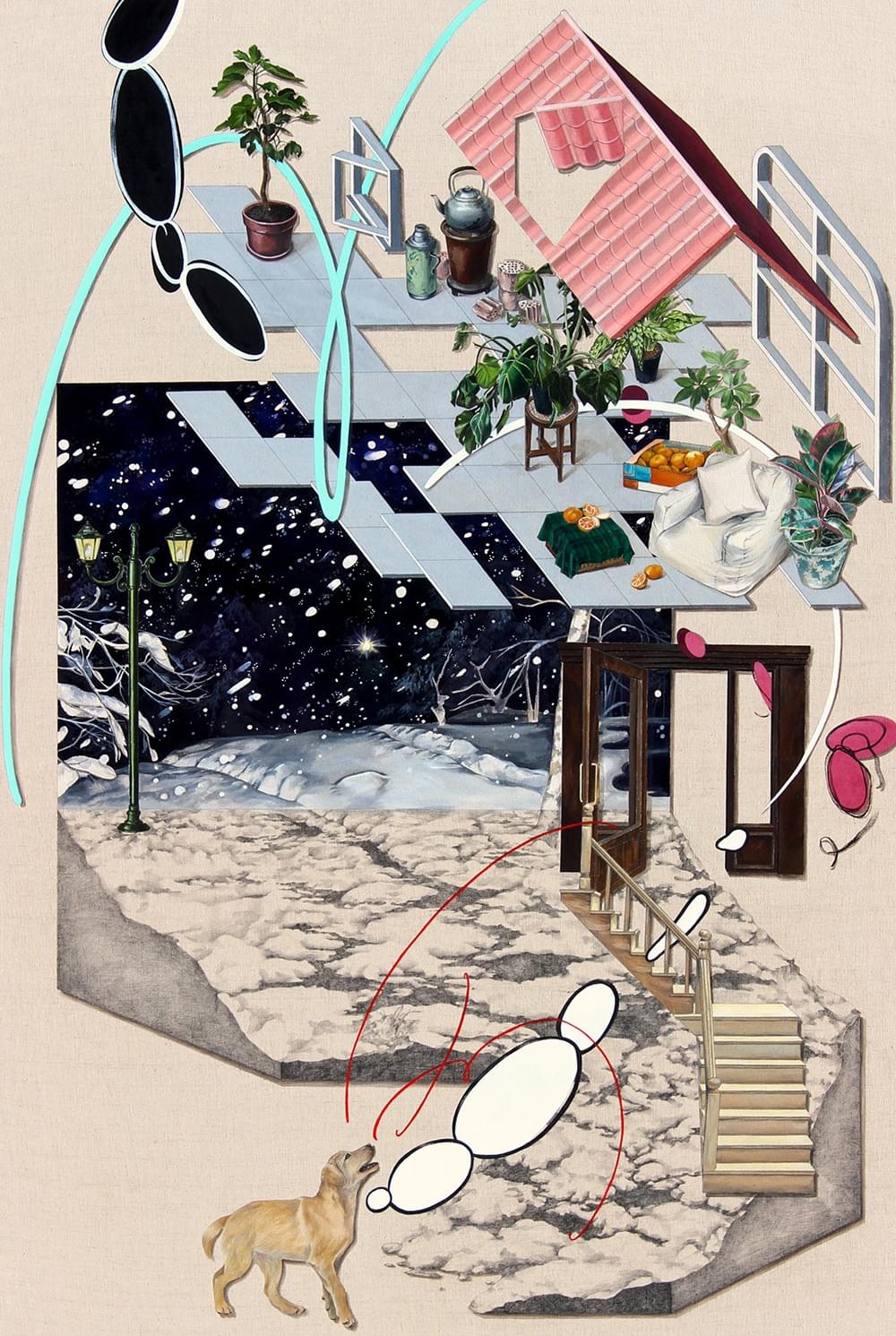
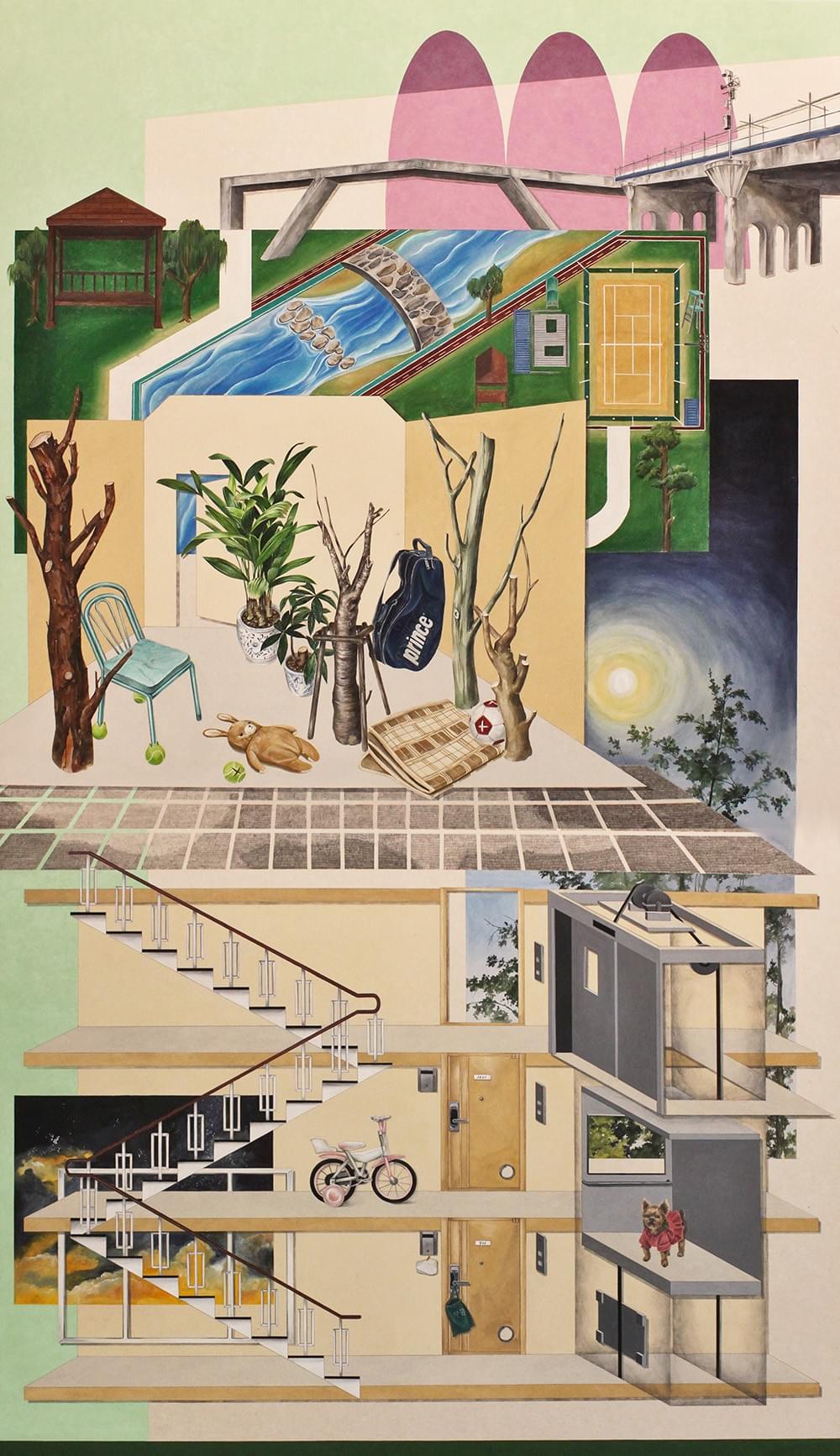
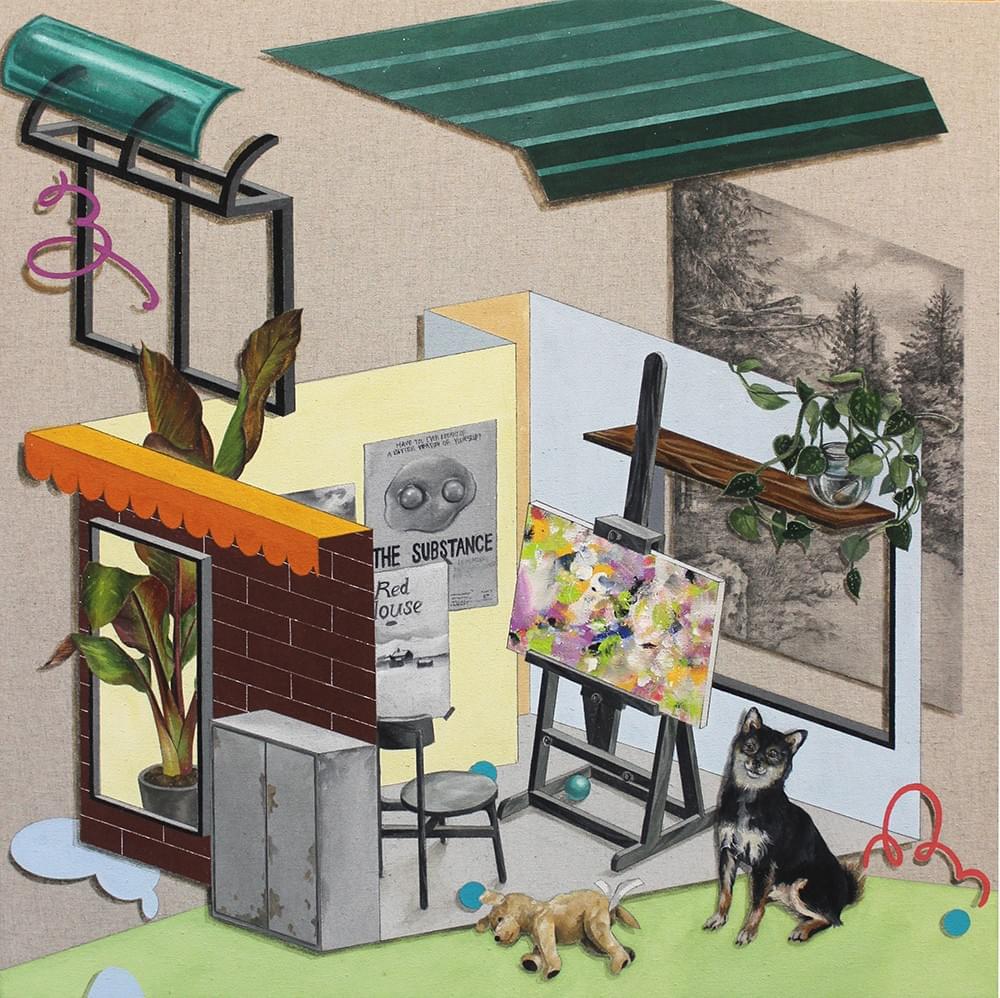
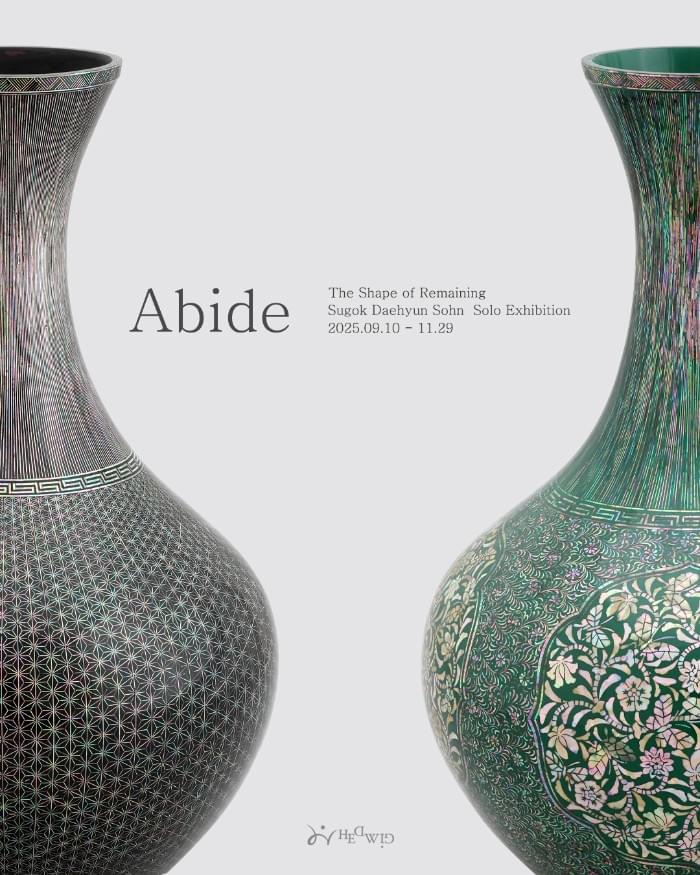
Daehyun Sohn's "Abide" explores the beauty of mother-of-pearl inlay (called najeon in Korean). Within the accumulated layers of his objects lie invisible, condensed time, giving us a sense of density formed through time. The process of adding layer after layer is a reference to the concept not just of time but also of depth, especially the depth of tradition. The title of the exhibition is an expression of the artist's belief that moon jars, bowls, furniture, and everyday objects serve as vessels for life. They are meant to hold life just as the inlay itself contains time.

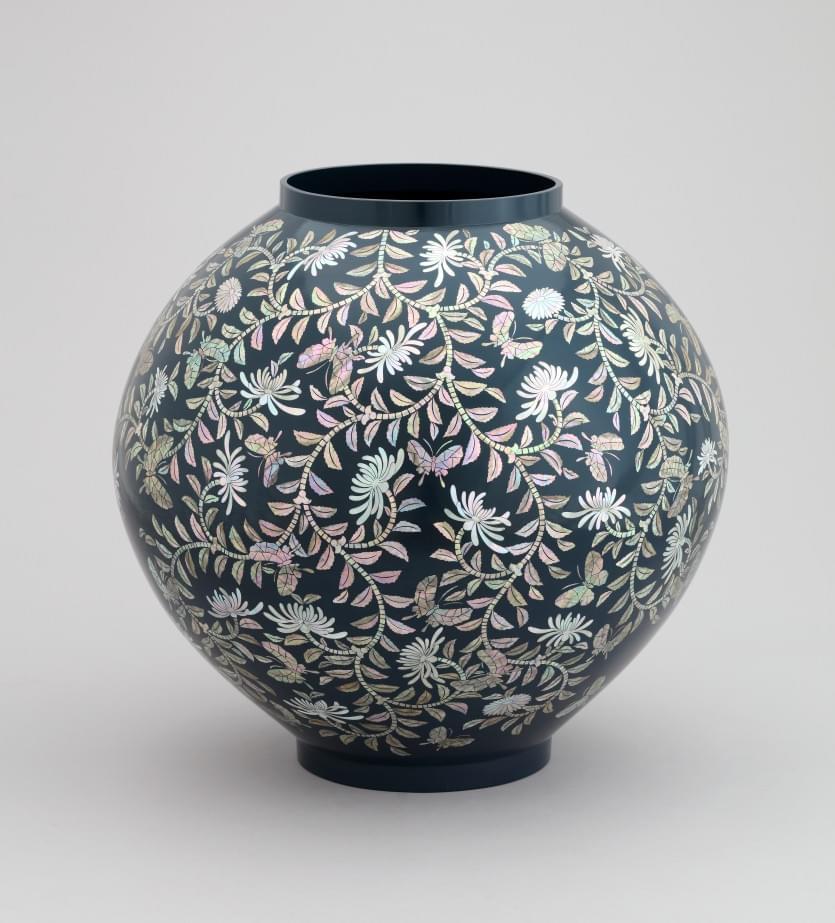
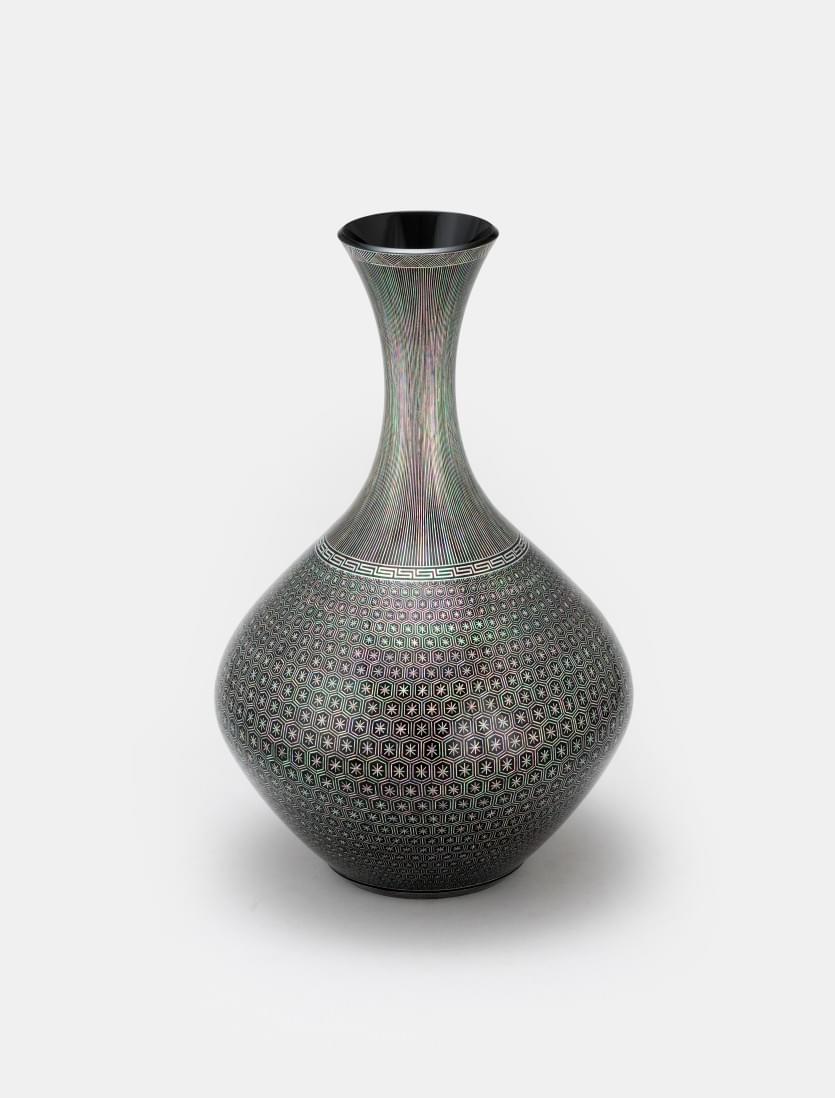
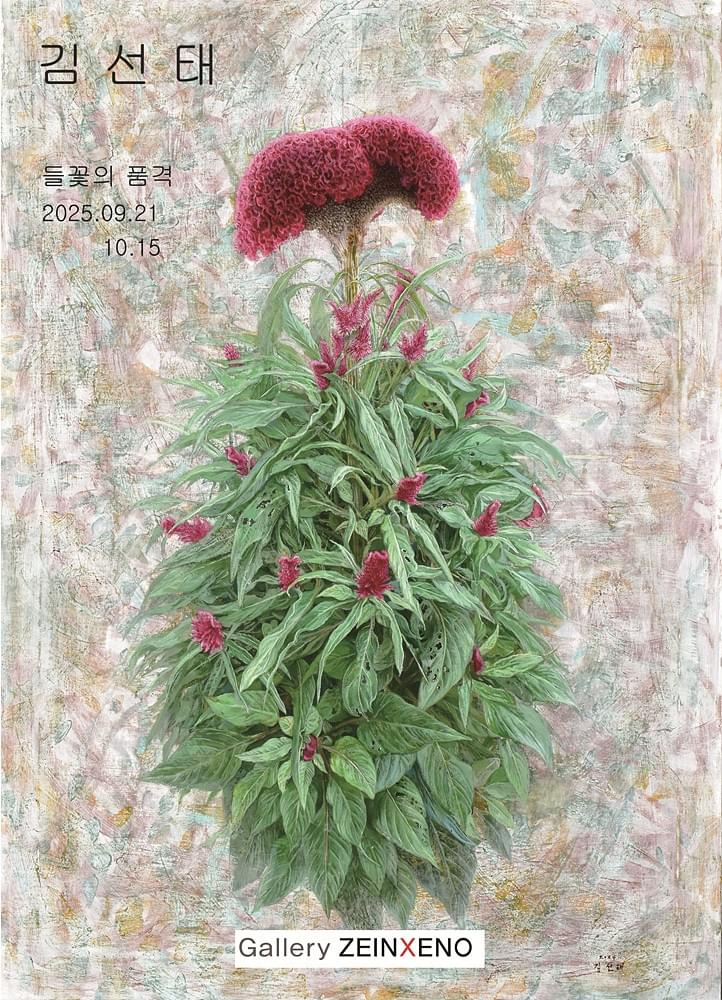
Artist Kim Seon-Tae explores wildflowers as aliens - forms of life created by the Universe which are different from us but equal children of the Creator. What has Mother Nature tried to "say" through them? What concepts, secrets and lessons do they carry? Wildflowers bloom on their own even in rough conditions, and even after being root out they grow again on their own. This, according to Kim, makes them a symbol of perseverance, circulation (law of cause and effect; the cycle of life and death), and vitality. This resembles the state of "oneness of all things", one of the key concepts in Eastern philosophy.
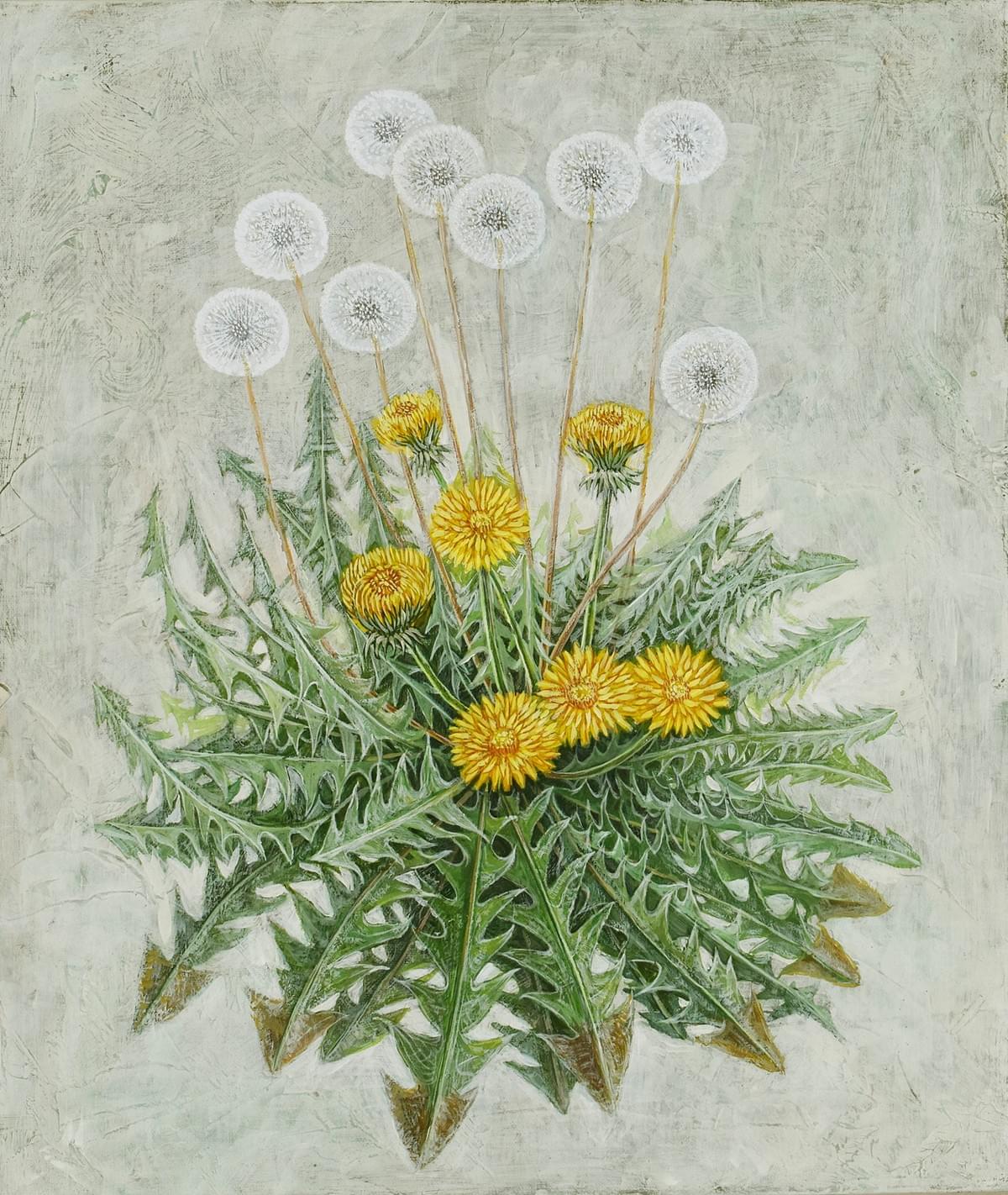
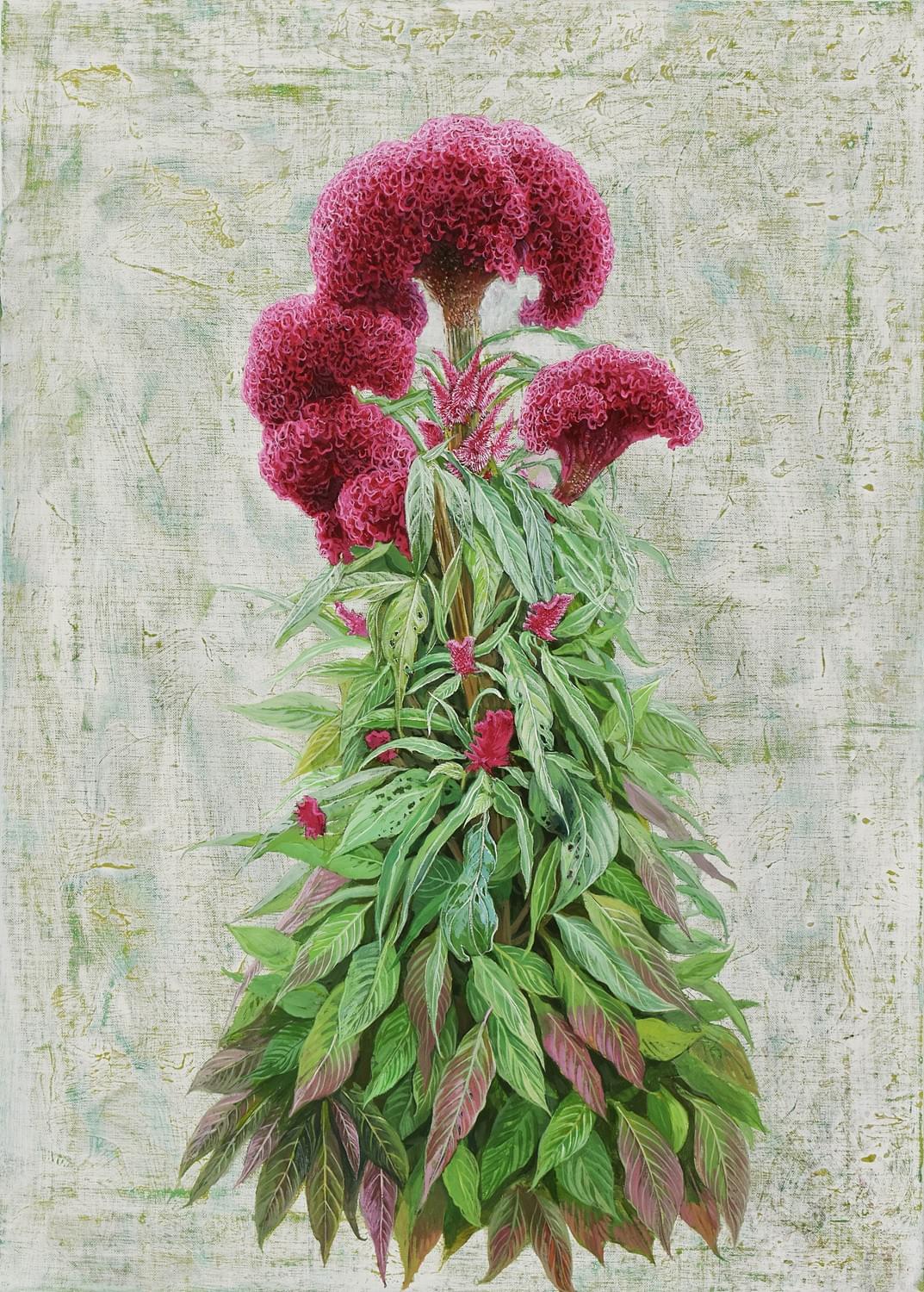
Lee Hyo-Sun's "Still Inside" is the fourth installment of her "zoom-in -ism" project based on a visual technique that enlarges and reconstructs parts of an image to create a continuous narrative. The image on the screen expands, but the actual frame gradually shrinks through a composition that metaphorically represents a narrowing field of view and an isolated inner psychology. This is a reference to technology and social media and the way it cuts us off from the world thereby shifting our focus from the external to the internal; from the big world out there to the smaller worlds of our subjective experiences. A paradox lies in there - this process of re-focusing leads to an expansion of the inner world to previously unimagined proportions. As the images expand and the frames shrink, Lee asks us if we would prefer to live in inner fantasy or in outer reality.
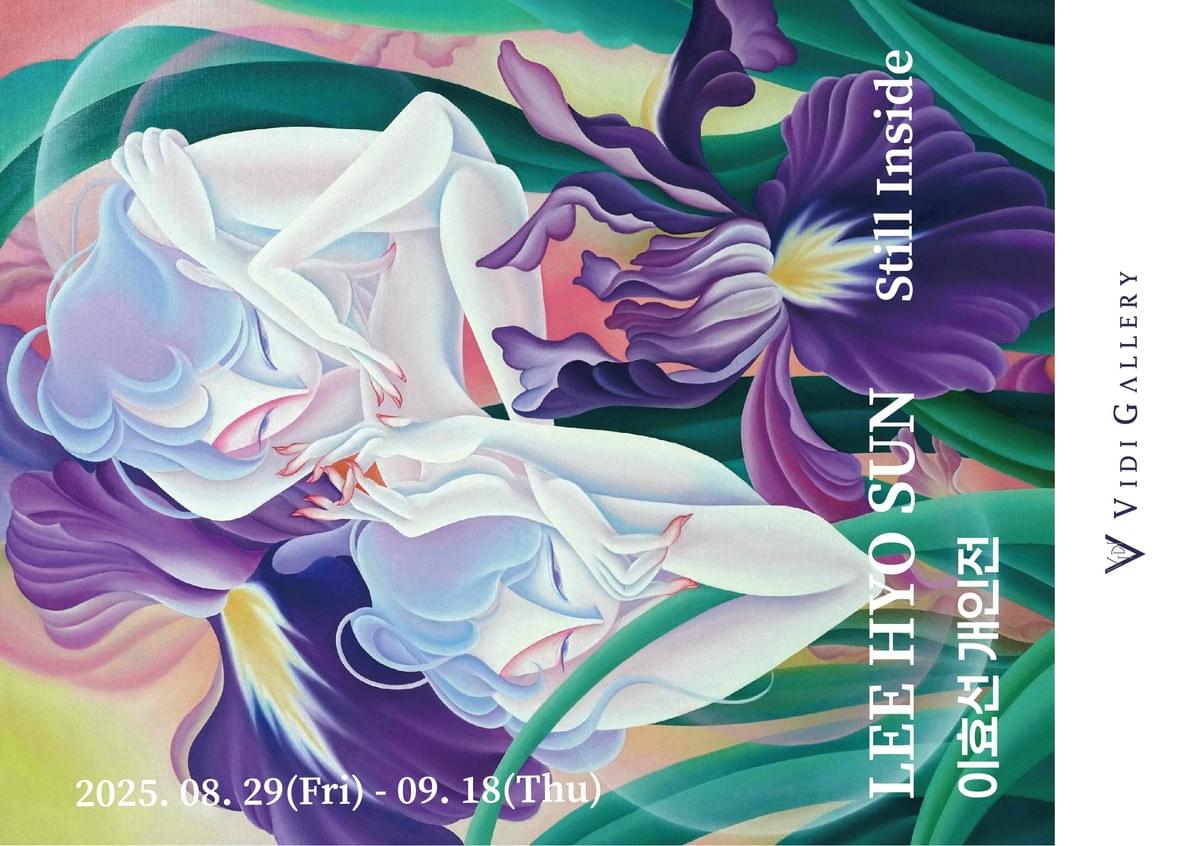
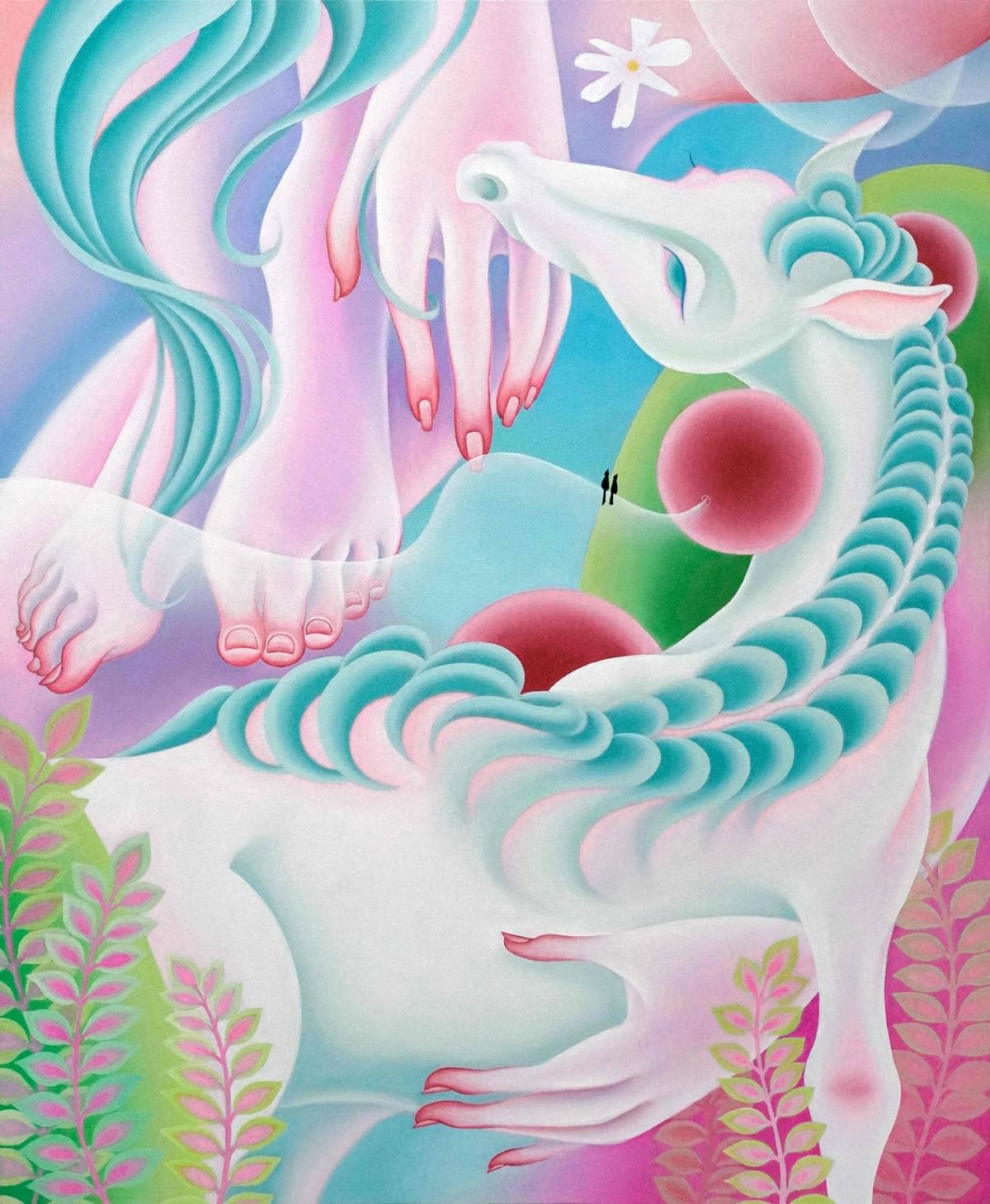
Jo Myung-Hak's "Love, Death" is a journey through an imagined realm of fairytale love. This is a place where all men are gentlemen and all women are fine ladies. Everyone is elegantly dressed and every day is a movie scene. It is rare to see an exhibition so exclusively dedicated to idealisation, especially idealisation of romantic attachments. The topic is a source of many controversies in modern society with marriage rates falling almost everywhere. They say love is not about looking at each other but about looking in the same direction (i.e at a shared third point) and in that sense, this exhibition invites all people who still think of romance in rosy terms, who still wish that the fairytale could be a reality. This exhibition itself is the third point, the point of meeting of people who may not know it but are looking int he same direction.
